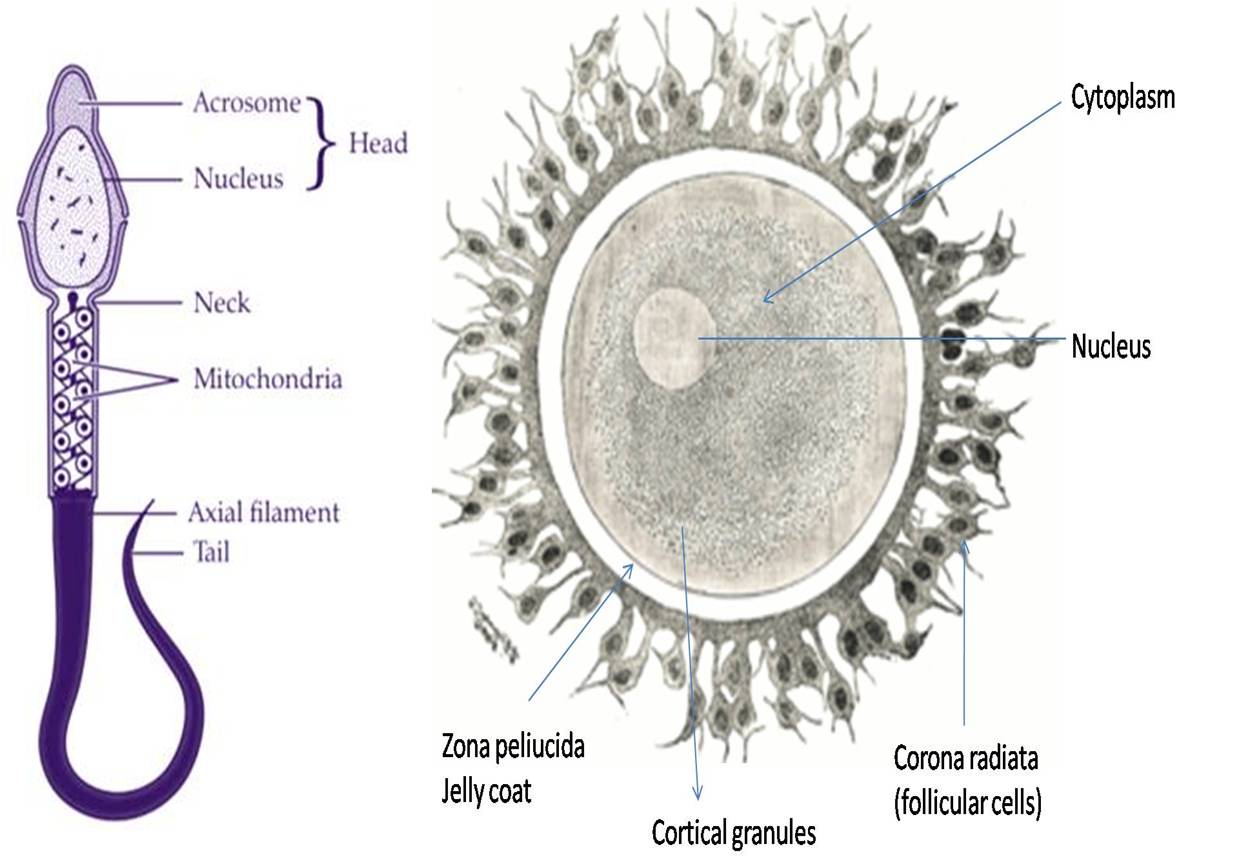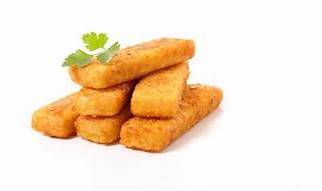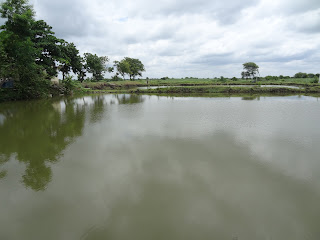Primary productivity of ponds: The primary productivity of ponds is in the form of planktons (Phytoplanktons and Zooplanktons). The Plankton are microscopic in nature which are suspended in water, artificial impoundments like ponds, tanks, reservoirs, irrigation channels. Primary producers are of different types like- microplankton, nanoplankton, macroplankton, bloom, phytoplanktons, zooplanktons etc. basically primary productivity is the food of secondary producers which are important for fisheries or aquaculture. For the fisheries most of the important primary producers are planktons. Among plankton, the zooplankton are the animal component of plankton and form a vital link in aquatic food chains between microscopic photosynthesizing algae and the fish we eat. In this text most of the commonly found zooplanktons and their characteristic as follows –
Primary Productivity of Ponds (Zooplanktons)
1. Cyclops
Classification:
Phylum………….. Arthropoda
Class……………… Crustacea
Sub-class……….. Copepoda
Order……………. Eucopepoda
Genus……………. Cyclops
Characters:
- Cyclops is the most familiar fresh-water copepod, found in ponds, ditches and small water reservoirs, it is also found in brackish water
- Body is elongated with a somewhat broad anterior and narrow posterior end.
- It measures 1.7 to 5.5 mm in length.
- Body is differentiated into cephalothorax and abdomen. The head and first thoracic segment fuse to form cephalothorax, which is covered by carapace.
- A median eye is present over carapace.
- There are 5 thoracic and 5 abdominal segments.
- Fourth abdominal segment bears a caudal style or forked tail and anus dorsally.
- Body appendages are uniramous antennules, short antennae, mandibles, maxillulae, maxillipedes and legs.
- Mature females carry two lateral ovisacs attached to the upper abdominal segment.
- Male Cyclops is easily recognized by the absence of the ovisacs.
2. Daphnia
Classification:
Phylum…………. Arthropoda
Class…………….. Crustacea
Sub-class………. Branchiopoda
Order…………… Cladocera
Genus…………… Daphnia
Characters:
- Daphnia is a freshwater branchiopod, cosmopolitan and is commonly found in ditches and ponds.
- Commonly called a water flea.
- Body is bilaterally compressed and enclosed in a vestigial bivalve carapace ending anteriorly into a backwardly directed rostrum and posteriorly into a spine.
- Head not separated from the body by a dorsal notch.
- Head is rounded and bears large biramous antennae which help in swimming, small unjointed antennules, mandibles, maxillulae, and large sessile eyes are very distinct.
- Abdominal appendages are absent and thoracic appendages are 5 pairs and leaf-like.
- The Posterior female carries a broad pouch containing various developing embryos.
- Brood pouch is found near the back.
- In a stained slide heart, nerve to muchal sense organs, gut diverticulum, foregut, mid-gut, hind-gut, anus, sensory setae, shell gland and ovary in females are seen.
- Thoracic appendages form efficient food-catching organs.
- Sexes are separate. Brood pouch is absent in male.
3. Mysis
Classification:
Phylum………….. Arthropoda
Class……………… Crustacea
Sub-class……….. Malacostraca
Order……………. Mysidacea
Genus……………. Mysis
Characters:
- Mysis is a small, transparent, marine, pelagic, shrimp-like and bilaterally compressed Malacostraca.
- Mysis is a small crustacean which is transparent and shrimp-like.
- Body is bilaterally compressed measuring 2 to 6 mm in length.
- Body divisible into head, thorax and abdomen.
- Head contains antennae, antennules, and a pair of movable compound eyes.
- First pair of thoracic limbs or appendages is modified into maxillipedes and the rest pairs are swimming appendages.
- Posterior thoracic region of the female contains a broad pouch. Study of Prepared Slides statocyst
- Abdomen contains six segments. First five segments contain swimming appendages or pleopods.
- Last abdominal segment contains uropods and telson which are without caudal styles.
- Statocyst is present on the endopodite of each uropod.
- Development takes place in Brood pouch. Egg hatches into adulthood without any larval stages.
4. Nauplius Larva
Characters :
- In Crustacea, development includes various larval stages. After cleavage, the egg hatches into the first larva, called Nauplius larva.
- It is a free-swimming, minute, conical and microscopic creature with broad anterior and narrow posterior end.
- Body is divided into indistinct head, trunk and bilobed anal region.
- It contains three pairs of appendages, namely uniramous antennules, biramous antennae and biramous mandibles, which assists in swimming.
- It also contains a median eye and gut.
- Larva is unsegmented without ventral nerve cord and heart.
- Nauplius larva has great phylogenetic significance and is supposed to be an arthropodised trochophore.
5. Zoaea Larva
Characters :
- Zoaea larva is another crustacean larva.
- Nauplius, after metanauplius or protozoaea, directly changes into zoaea larva.
- Body is differentiated into cephalothorax and abdomen.
- Cephalothorax or carapace is produced into the rostrum anteriorly and median spine dorsally.
- Head contains large compound eyes, antennules, antennae, mandibles, maxillae and maxillipeds. Thoracic appendages develop as buds. Abdomen has 6 segments. The last segment contains a caudal fork.
- Zoaea larva changes to Metazoaea or Megalopa larva.
6. Megalopa Larva
Characters:
- Megalopa larva develops many adult features and is formed after successive moultings of previous stages.
- It considerably resembles the adult stage, composed of broad and median cephalothorax, produced into the median spine and abdomen. ‘Zooplanktons’
- Body is crab-like being divisible into the unsegmented cephalothorax and segmented abdomen.
- Head contains large pedicellate, compound eyes, antennules and antennae.
- Thoracic appendages are 5 pairs of legs, out of which the first is chelate.
- Abdominal appendages have biramous pleopods.
- After leading pelagic existence, Megalopa transforms to adult prawn.










